Enter a surname, town name or other keyword to search the database. Remember to
allow for the different spellings of 'Mc' and 'Mac.' Good luck!
{Search tips: Use single word search terms for more results}
You must enter some valid character(s) into the search field
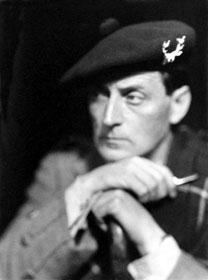
Reference: H-0238b
Sir Compton Mackenzie, (1883-1...
|
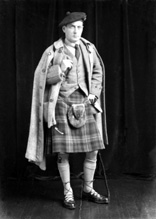
Reference: H-0238
Sir Compton Mackenzie, (1883-1...
|
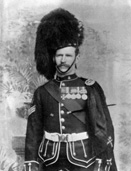
Reference: H-0203
Lt.Col Donald Dickson Farmer (...
|
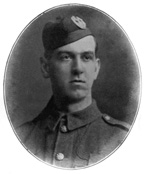
Reference: 27563c
Corporal James Dalgleish Pollo...
|
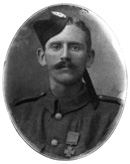
Reference: 27563b
Private Ross Tollerton, Ist Ba...
|
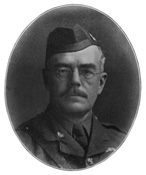
Reference: 27563a
Major Angus Falconer Douglas-H...
|
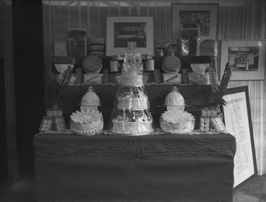
Reference: 1775b
Lochbroom Trading Co Ltd shows...
|

Reference: 26935b
Ettles Crown Grocery, Invernes...
|

Reference: 2073h
Bowmore Distillery, show stand...
|

Reference: 2073i
Bowmore Distillery, show stand...
|

Reference: 2073j
Bowmore Distillery, show stand...
|

Reference: 2073f
Bowmore Distillery, show stand...
|